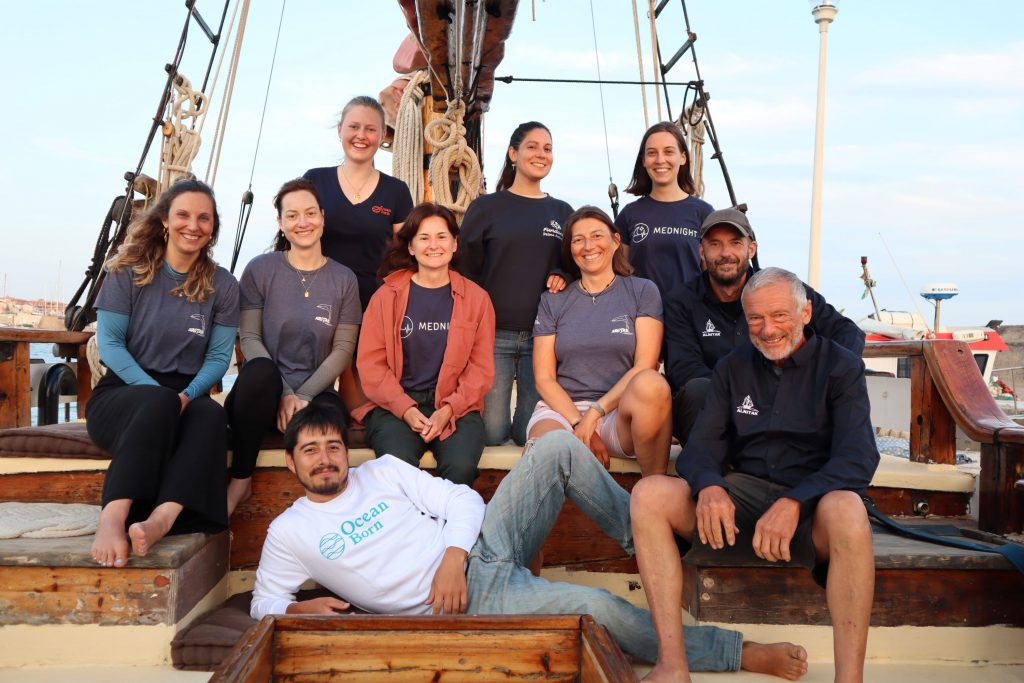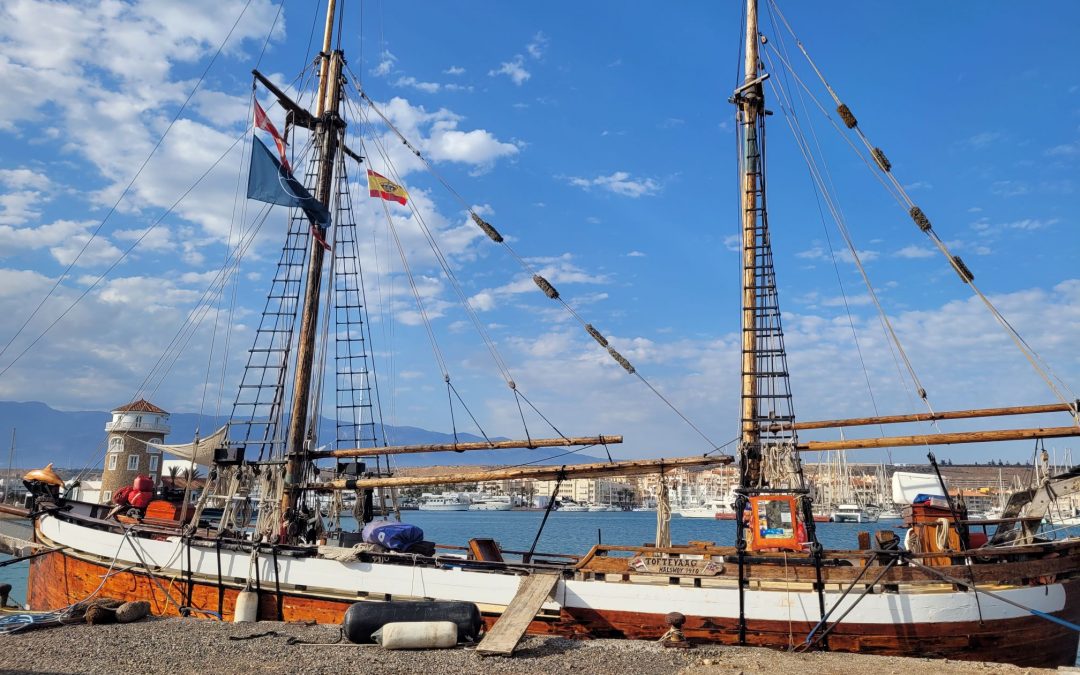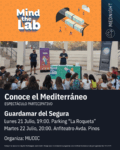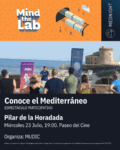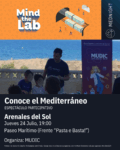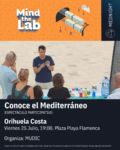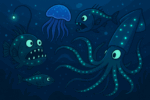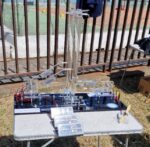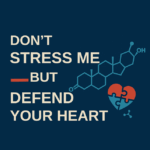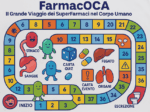Research is most useful when it has concrete implications, being used to inform policies and work alongside stakeholders — crucial to making the right decisions. This is what I discovered during a Mednight-sponsored expedition in the Alboran Sea aboard the Toftevaag, a marine research ship belonging to Alnitak. I am Camille, a 24-year-old graduate with a MA in Development Studies, and I will take you along on our exciting 11-day expedition.
Author: Camille François
Almerimar — Friday 26th May 20233 — As expected, today was a very windy day, unsuitable for sailing. We therefore spent the day in harbour doing office work. Being out at sea, looking out for sea animals is fun, but the other side of the job — at a desk — is just as important, and more time-consuming. Full-time researchers such as Alex and Clara spend the winter months doing office work. Any help the volunteers can bring during the expedition is more than welcome. Today, we had several tasks to do: one was uploading all our ghost gear sightings into the Observadores del Mar website, another was uploading all the photos taken in the past few days on the hard drives. Divided into two teams, the volunteers selected the best, clearer pictures of the backs and fins of the bottlenose dolphins and pilot whales. They then tried to identify individuals based on the shape of their fins, scars, nicks, parasites, etc. Once given a code, these individuals will be added to a spreadsheet. Every time these individuals are spotted again, the spreadsheet is updated, allowing us to learn more about social dynamics, notably. For instance, pilot whales usually spend their whole lives in the pod in which they were born, but males leave it for a few months per year to mate with females from other pods, before returning to their family, thus avoiding consanguinity
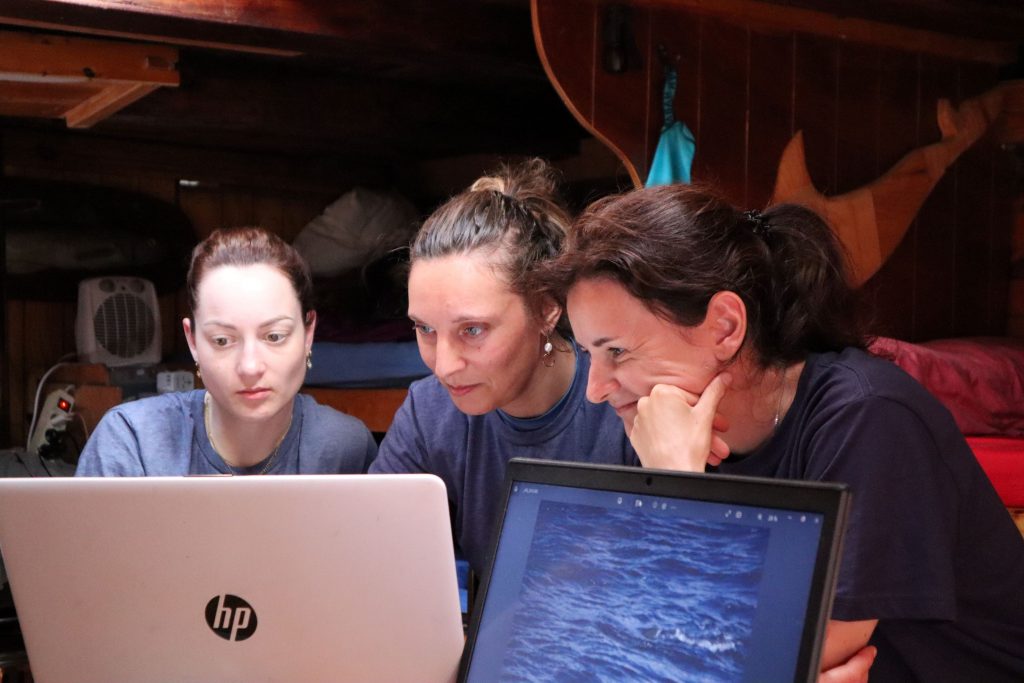
Almerimar — Saturday 27th May 2023 — Weather conditions are still suboptimal, so the whole team was given a day off. While some headed to the café for a warm breakfast,others stayed on the boat to cook and have a quiet morning. In the afternoon, some motivated volunteers kept working on photo-identifications, and some enjoyed the unmoving ship to bake a cake.
Almerimar — Sunday 28th May 2023 – After two days docked in harbour, this day’s weather finally allowed us to go out at sea, so we left at 5am this morning. Every time we are at sea, we empty our tank of used water — something we are not allowed to do in the harbour — and we fill up our drinking water tank with purified seawater, and even occasionally our bigger freshwater tank if empty. The engine room contains a water purifier which works with inverted osmosis. It pumps the seawater, purifies it (removing the salt as well as all other minerals) before the water comes running out of a small tube in the kitchen. Someone has to stay in the midship to fill up all the drinking water tanks, a lengthy task for anyone feeling seasick when confined below deck, but it is important for us to purify our own water, rather than buying water bottles — indeed, we’re saving 8,000 water bottles per year by doing so! Life on a ship teaches us to ration our resources, be they water, food, gas or electricity, and “sustainability” takes a whole other meaning! Unfortunately, the wind picked up in the morning, so we ended up returning to the harbour,
arriving there at 1:30pm.
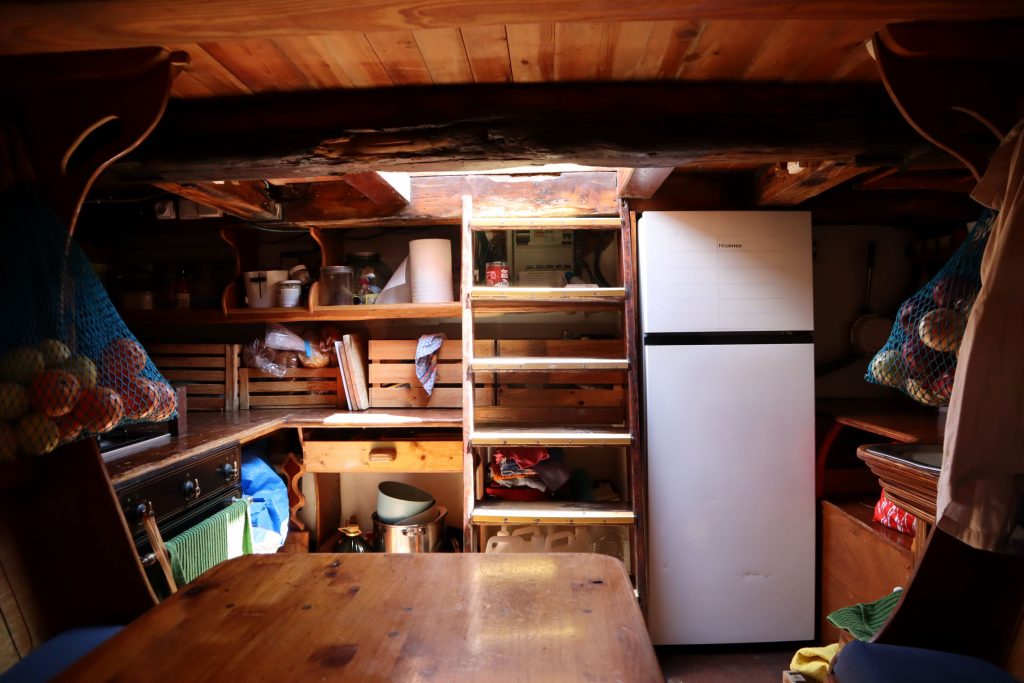
Almerimar — Monday 29th May 2023 – The day may be sunny, with low wind, but if the swell is too big, there is no point in going out at sea, because our chances of spotting marine animals would be too low. Therefore, for our last full day of the expedition, we spent yet another day in harbour — which once again does not mean we were idle. Volunteers were hard at work doing photo-identification of pilot whales and bottlenose dolphins; they identified individuals on hundreds of photos for the past few days. Overall, there are at least a thousand pictures to go through!
A clean ship is a happy ship, so we spent some time deep-cleaning the ship, notably the kitchen — any crumbs left after the expedition may attract cockroaches.
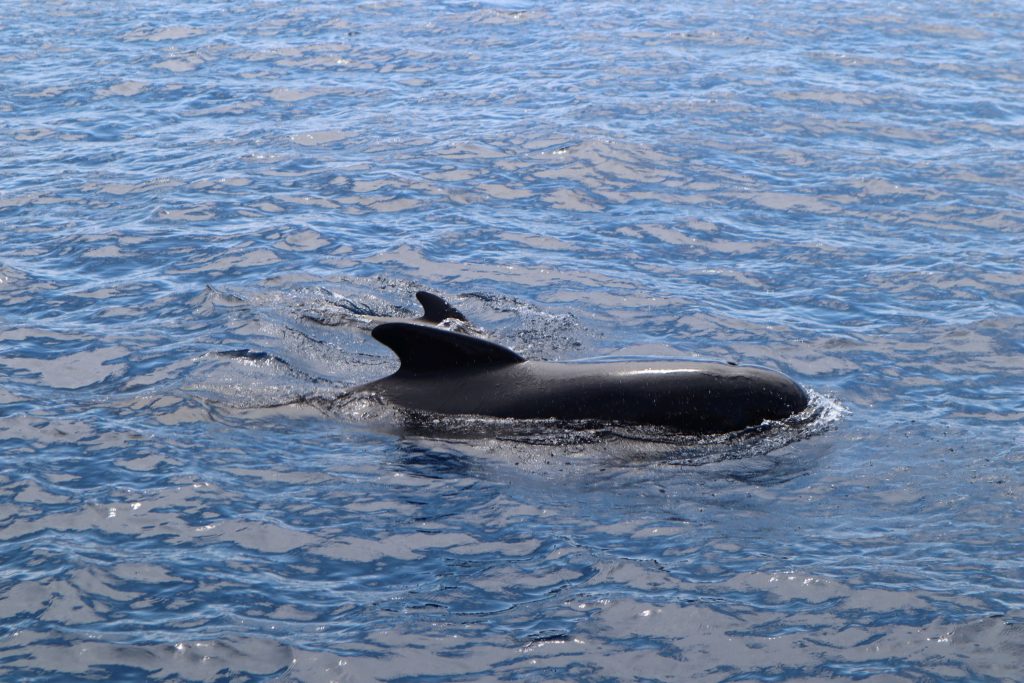
Almerimar — Tuesday 30th May 2023 – As chance would have it, the very last day of the expedition, the one usually dedicated to packing and cleaning before leaving, ended up being one with the best conditions for the past ten days. As our captain, bosun and principal investigator check the weather forecast app Windy every evening, they were aware of this good weather window and proposed to us a last sea outing, conditional on us adapting our leaving time later that day. At 5:30am, the ship’s engine roared to life for the last time of this trip, and there we went, bobbing on the one-metre swell which rocked our small ship from side to side. We were aiming to reach the deeper sea area around sunrise.
Thankfully, our last outing at sea was rewarded by the best sightings of the whole expedition. In the early morning, we approached trawlers, hoping to spot some dolphins around, and we did! Bottlenose dolphins are curious animals, and they spent an hour following and preceding our ship. We took thousands of pictures of them for the purpose of photo-identification, but we also had fun just watching them jumping, leaping, and some sticking their tail or snout out of the water, as if to entertain us. Cetaceans’ behaviours are usually not as well researched and understood as that of terrestrial animals, but they are certainly just as interesting and intriguing.

After leaving this pod behind, we spotted some striped dolphins further ahead, recognisable with their beautiful side stripes — not to be mistaken with the common dolphin, which also possesses a side stripe, but a different shape and colour. Later, two of our volunteers were also lucky to spot the blow of an elusive fin whale, emigrating towards the Atlantic Ocean at this time of year. After blowing, a fin whale spends some long minutes deeper underwater, so we did not spot it again. We also caught a few “treasures”, such as a tyre or a floating tank of gasoline (oh, the things one finds at sea!). And to end our outing on a highlight, we also randomly spotted a loggerhead turtle metres away from our boat that had escaped the notice of those of lookouts. We try to look both towards the horizon with our binoculars, and also closer to the ship with naked eyes, covering the 180° facing the ship, but sometimes animals surface later, or they come straight ahead of us, making them a little less visible. This is why those on deck who are not on shift try to keep an eye out to spot animals, ghost gear, or other “treasures”.
We only had a short day at sea, coming back to harbour at 2pm, but this was probably the most rewarding day, ending our expedition in a perfect manner. Our bags were soon packed, our goodbyes said, and there went the volunteers, heading towards home or towards new adventures. But we would not soon forget our experience on board the Toftevaag, observing dolphins, whales, and turtles; collecting many pieces of garbage; and learning about the impact of harmful fishing practices on marine biodiversity. Indeed, we learnt that illegal and unregulated fishing continues around the world, including inside Europe and at its gates. The open seas are mostly left unregulated too. Marine areas with some levels of official protected status often do not truly protect biodiversity. Ghost gear keeps accumulating and endangering humans and animals alike. But as depressing as learning about these issues can be, witnessing the passion and efforts deployed by small organisations and dedicated researchers, is giving us a glimmer of hope that perhaps one day, things may change for the better before it is too late.
